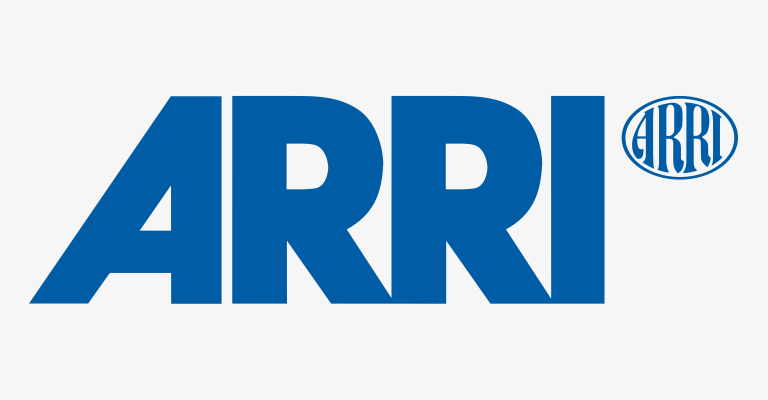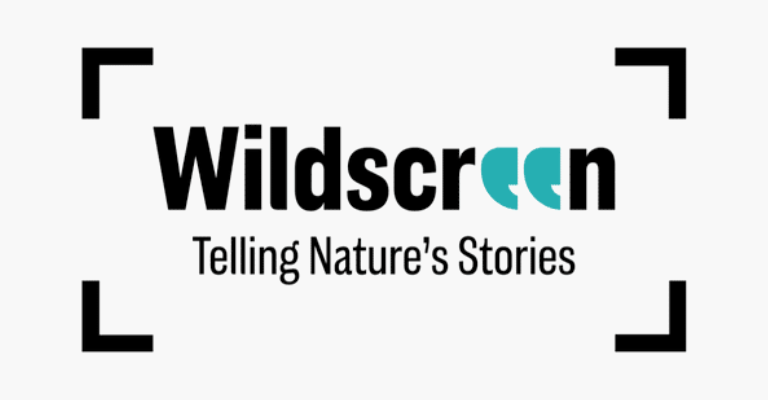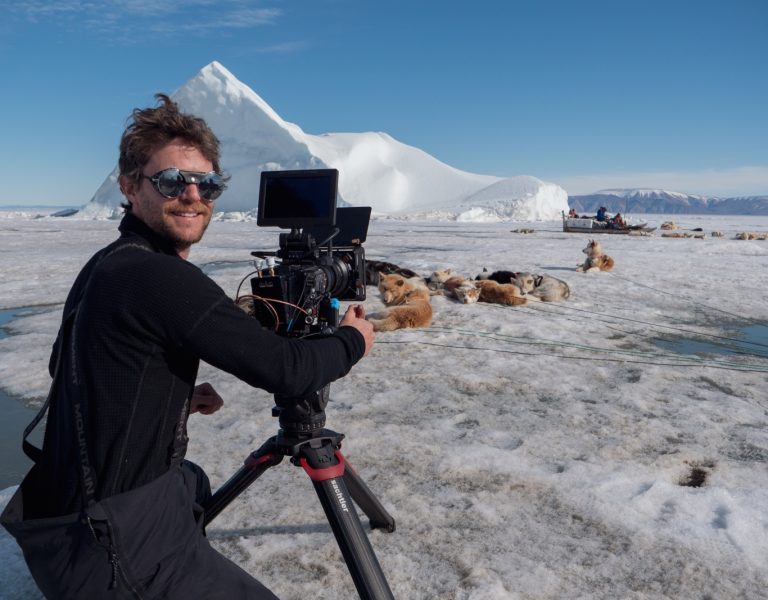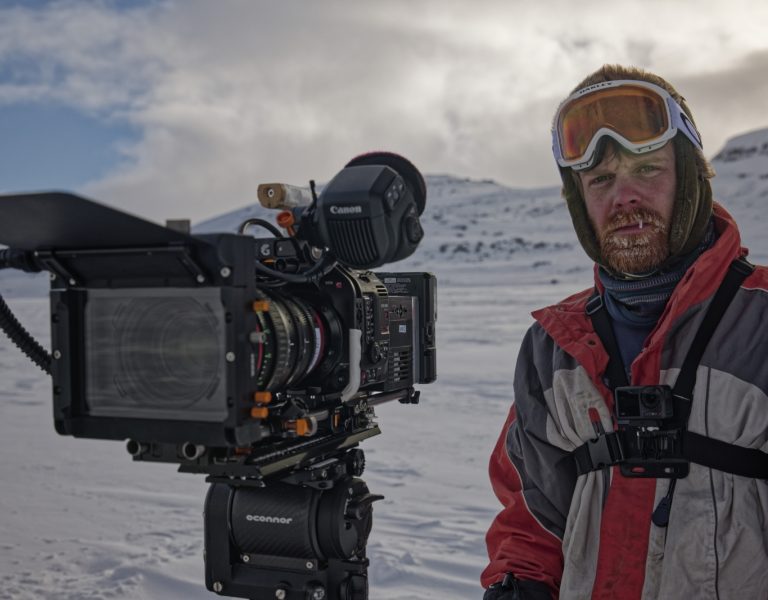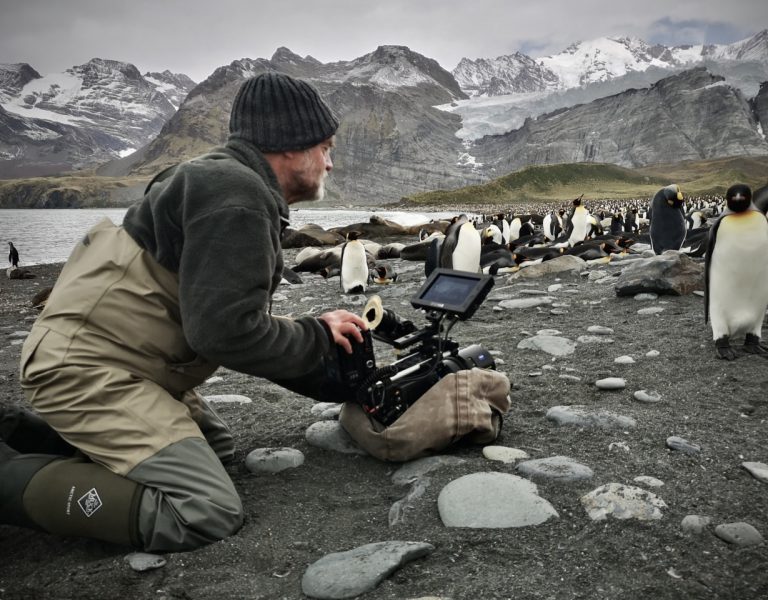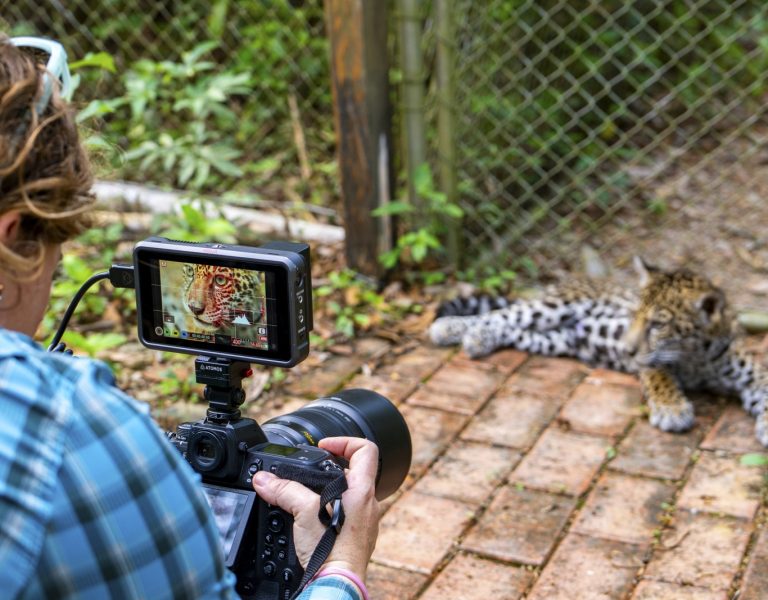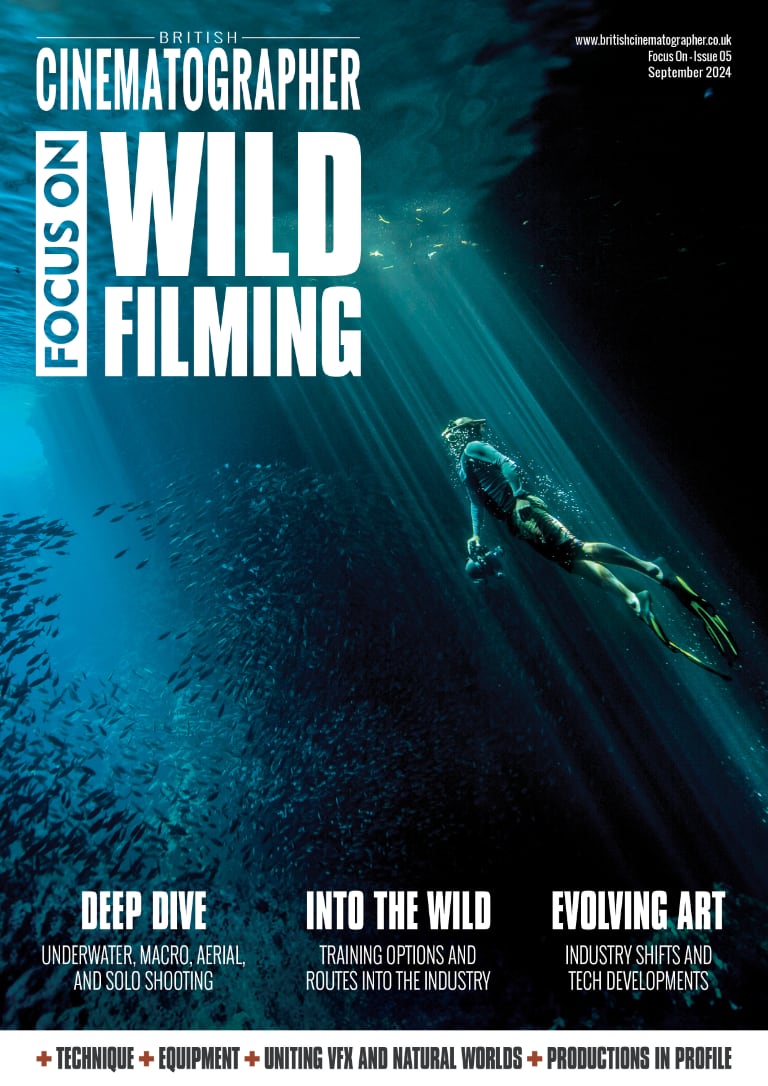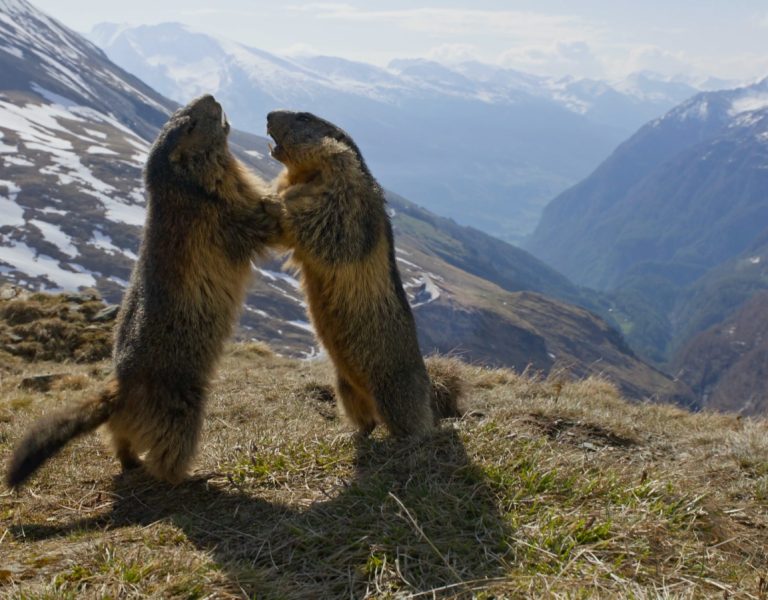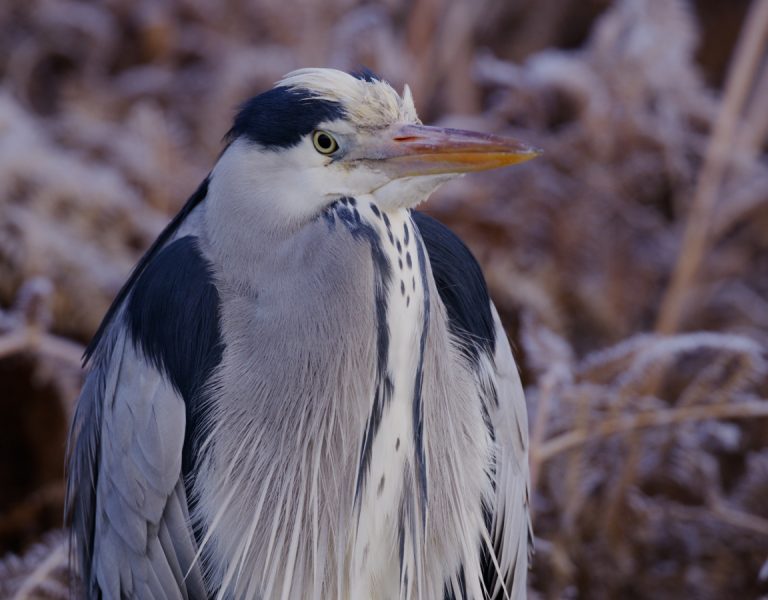WILD WORLD
For wildlife cinematographer Bertie Gregory, “the animal always comes first”. This principle is clearly evident in his BAFTA-nominated series, now streaming on Disney+.
As Animals Up Close with Bertie Gregory unfolds, you can see his relationship with his subjects is one of profound respect, even when they kill other animals to survive. This is clear from the opening episode, Antarctic Killer Waves, where the cinematographer and his crew find themselves tracking a small pod of orcas in the Antarctic, as the whales look to sustain themselves on an alarmingly warming planet with one of their favorite diet staples: seals.
No, that title wasn’t a typo. It’s “killer waves,” referring to an ingenious method whales use to obtain seal meat: “wave washing,” which is done as the orcas speed around and under an ice floe where a seal is sunning itself, creating a series of waves that sloshes them right off.
Capturing the give and take between seal and whale requires its own ingenuity as well.
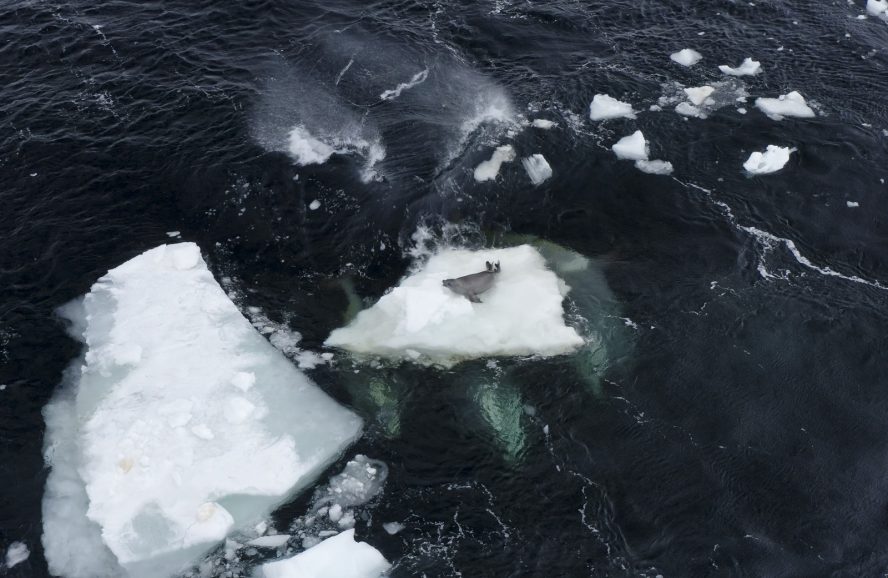
Do look down
Camera operator Anna Dimitriadis (who, along with cinematographer Tom Walker, shared Gregory’s BAFTA nomination) calls him “a drone ninja,” and the stunning shots in the series bear her out.
Gregory says “a big part of my work now on any project is with drones” [which] he has recently become “very valuable tools” in filming wildlife. “Drones are a potentially disturbing tool [too],” he concedes, “but we work with scientists and experts and spend a huge amount of time figuring out how to get [them] close enough to the animals […] without disturbing them. That’s really important for me.”
But nimble drone piloting doesn’t mean traditional filming methods were ignored. “Bertie and I dived [and] filmed around icebergs and sea ice to show the viewer the [whale’s] perspective when searching for wave-washable sea ice – and hopefully one with a [seal] basking on top,” Dimitriadis says, recounting one day in particular: “It was snowy and the water temperature was at approximately one degree centigrade. We were using 10mm wetsuits, which meant that our time underwater was reduced to 30 minutes max – at which point we’d ascend and retreat to a hot shower on board the main boat, before heading out again.” One spot where they shot key footage turned out to be “400m deep – the captain actually taped over one of the zeros on the boat’s depth gauge, because he knew that we’d find that number fairly intimidating!”
Or as Gregory remarked during a sequence where the possibility loomed that the boat might become ice-bound, “death is a suboptimal outcome.”
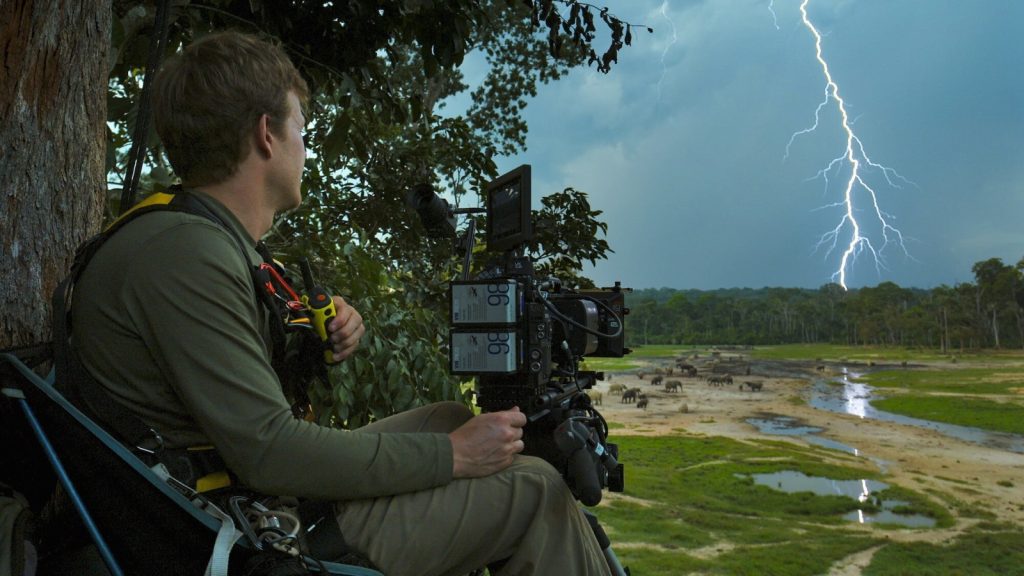
Fighting for survival
Optimal outcomes—or certainly riveting ones—abound in the series. Perhaps the most captivating is the Antarctic episode, which ends with a sequence where frustrated orcas, stymied by retreating ice and fewer readily available Weddell seals, decide instead to dine on a Crabeater seal, known for putting up more of a fight.
Which is exactly what happened, as our intrepid pod’s presumed supper manages to resurface again and again after being “wave washed” and dragged underwater, continuing the fight against increasingly long odds. It’s a breathtaking sequence, reminiscent of a Jack London short story.
So, between the drones and the dives, how much of each episode’s “story” is planned?
“We go out with an outline,” Gregory says, “but invariably, the wildlife doesn’t read the script, and things change. What we didn’t know was what would unfold in each of our encounters. That crabby [seal] hunt happened on our last filming day [and] completely turned the story upside down.”
But upside down in the best possible way, since it “gave us a better ending than we could have ever planned”.
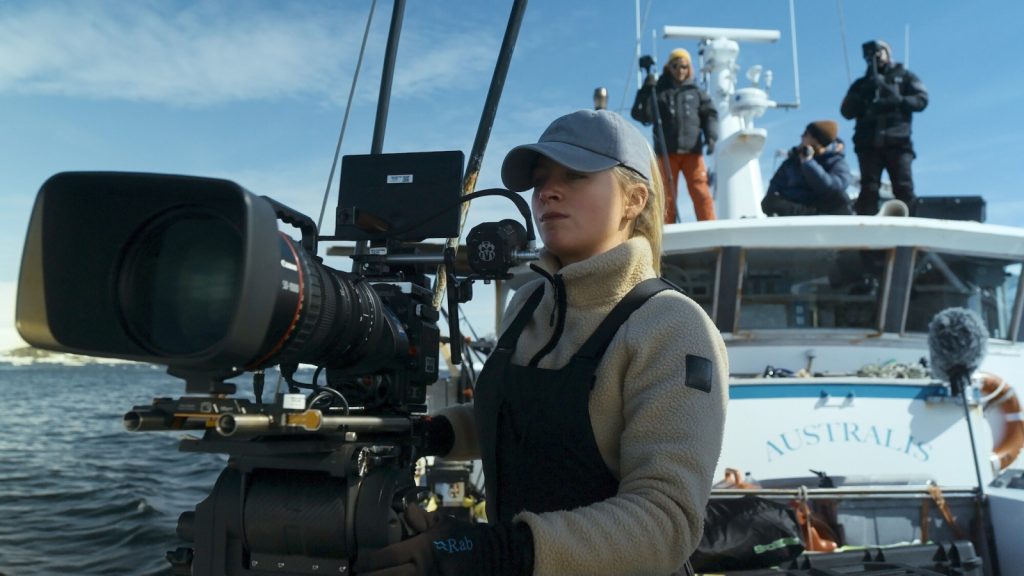
–
Words: Mark London Williams
